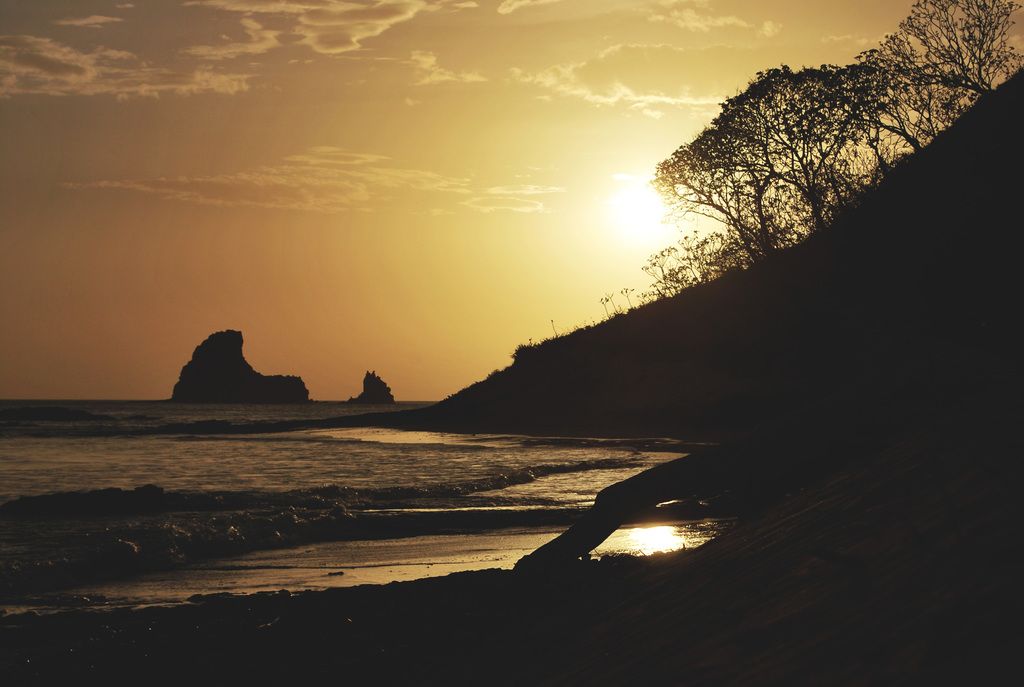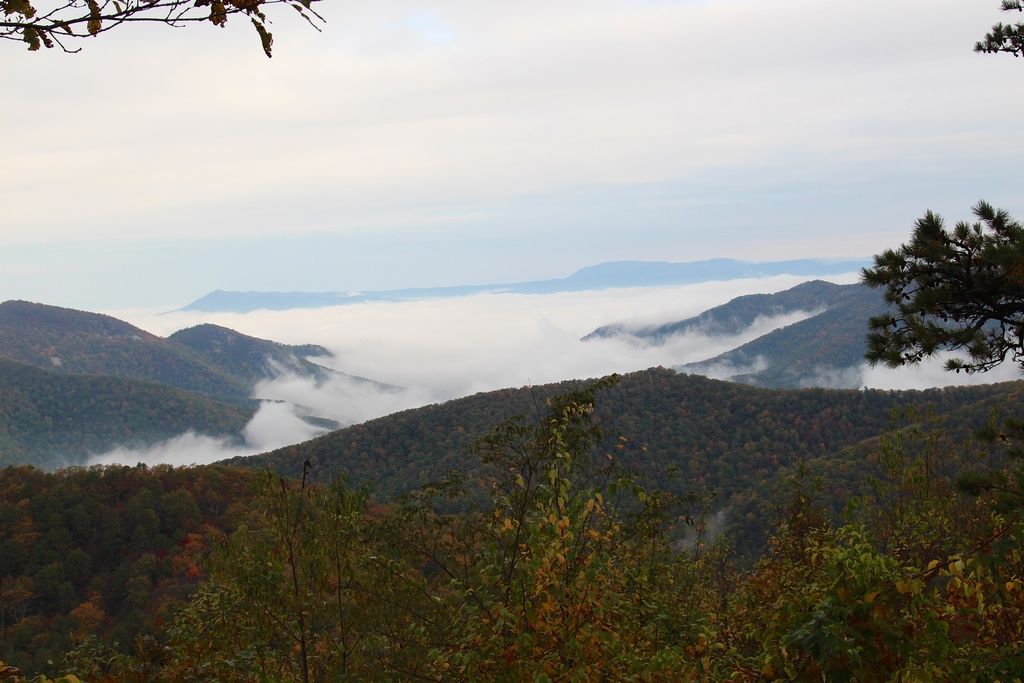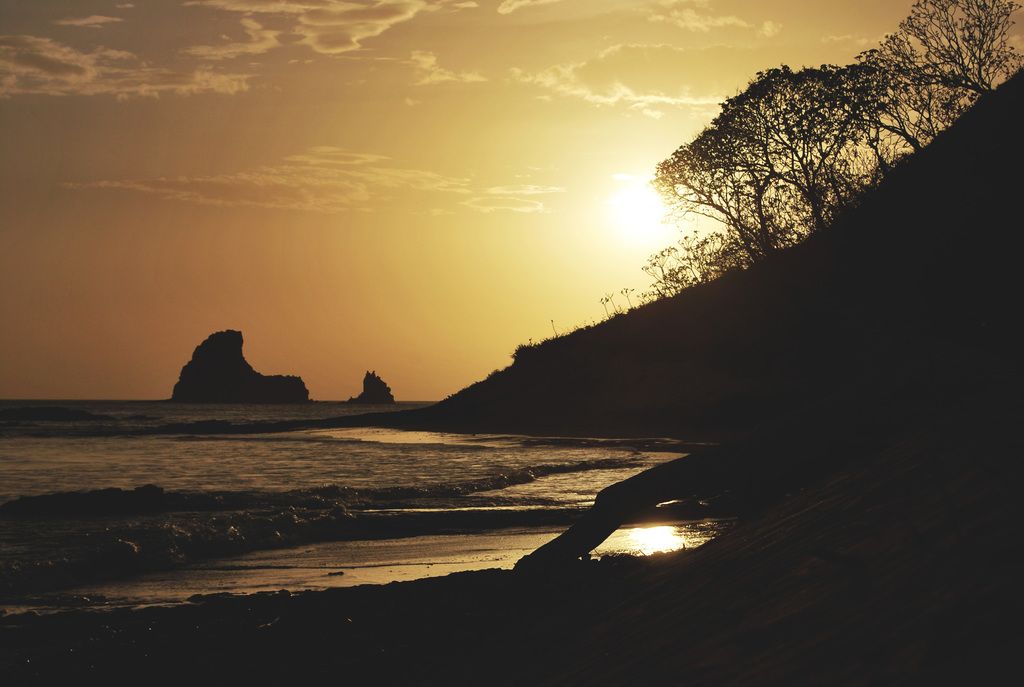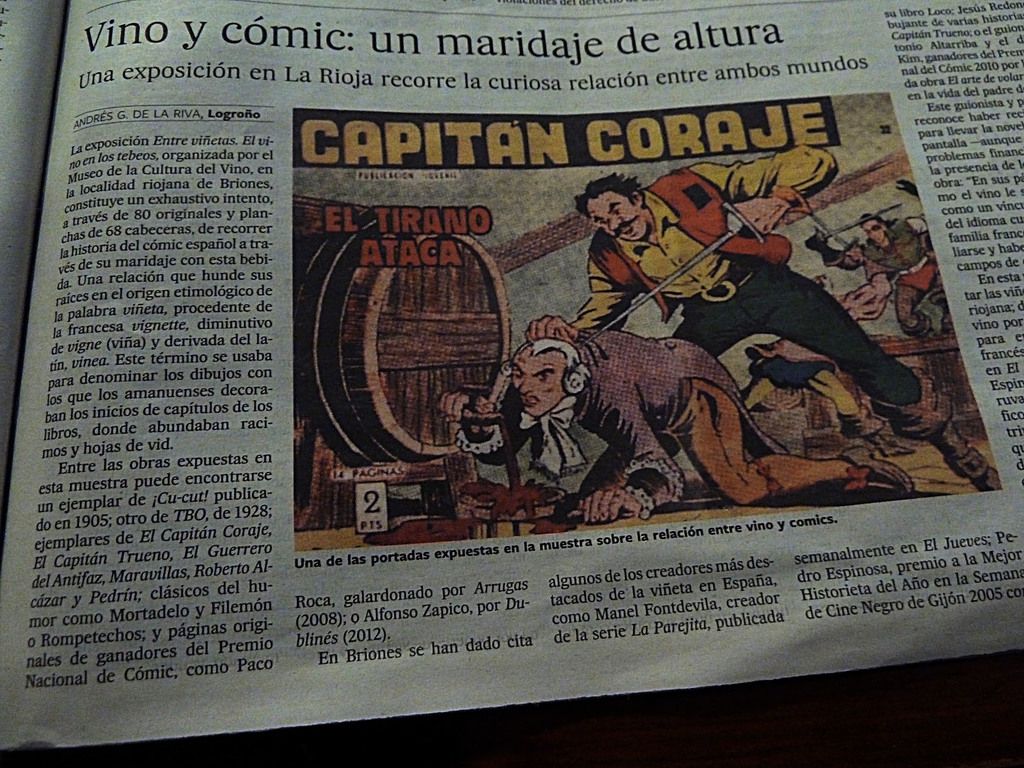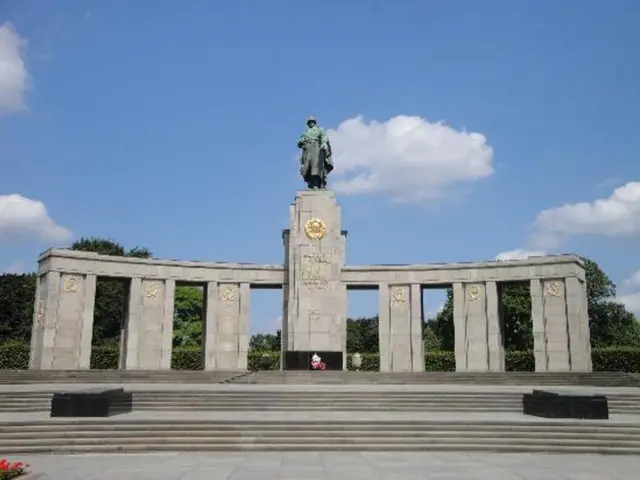Salt extraction sites in Oaxaca, plagued by the wreckage of abandoned operations and the contamination from Pemex.
Breaking Waves and Bankrolled Promises: The Plight of Salinas del Marquez
In the shadows of Salina Cruz, Oaxaca, a community once dotted with fishing boats now grapples with the repercussions of progress. Raul Antonio Gallegos, a once-vibrant salt producer, bears witness to the metamorphosis of his hometown.
"The sea was a stone's throw away, now it's a grueling trek," Gallegos laments as he gazes at the construction site of Salina Cruz's colossal breakwater project, a concrete behemoth that has encroached upon the shores of Salinas del Marquez.
This ambitious undertaking, heralded as Latin America's largest breakwater, has given birth to environmental upheaval and crippled the primary economic activity: salt production.
But the salt producers of Salinas del Marquez aren't merely victims of nature's wrath or the whims of progress. They also face territorial restrictions by the Secretariat of the Navy, faltering promises from the government, and the lingering consequences of a devastating hydrocarbon spill orchestrated by Pemex in 2017. The spill forced a five-year halt to production.
Currently, the salt producers manage to yield a modest 10,000 tons in a prosperous year, but a meager 4,000 to 5,000 tons in leaner times. With the help of cooperatives, some 500 family heads maintain their faith in the unforgiving sea.
Ideally, they look to the horizon for a human consumption refinery, believing it would enable them to double their production to 50,000 to 60,000 tons annually. The ultimate goal: matching Oaxaca's consumer demand of 80,000 tons each year.
As the mega-project unfolds, Salinas del Marquez - once a humble fishing village - will boast its significance as one of the country's most prominent ports for international trade. But its transformation came at a cost.
Before the 80s, Salinas del Marquez bustled with a unique blend of Zapotec and Huave residents who subsisted on open sea and lagoon fishing, particularly shrimp, lobsters, sea bass, and pargo. The construction of Salina Cruz's oil port, initiated during the last year of Jose Lopez Portillo's government in 1982, brought two dredges that relentlessly dredged sand from nearby waters and channeled it towards the community's shore, pushing the sea away.
With the water receding, the lagoon ceased to serve as a haven for shrimp fishing, and salt production emerged as a life-saving alternative. Today, the community continues to reap the rewards and trials of their salt-stained toils.
On Feb. 26, 2024, the federal government inaugurated the Salina Cruz breakwater, ushering in merchant ships to the port. The breakwater extends a formidable 1,600 meters and delves to a depth of 24 meters, accessible to Neopanamax-class cargo vessels. This colossal endeavor demanded over 4.8 billion pesos but remains a small fraction of the wider megaproject, calling for the construction of cargo unloading platforms and a means of transport from the port to the Interoceanic Train.
Local authorities signed a pact with the federal government during the tenure of Rafael Marín, the Interoceanic project overlord, vowing to initiate various community development projects in exchange for the green light on the breakwater construction and road expansion. To date, these promises remain unfulfilled, leaving the community with little more than shattered expectations and a distant sea.
"The sea no longer comes as close as it did once. Now, with a high tide, we used to stockpile water from the sea to replenish the lagoon, but it's not the same anymore," Gallegos explains. "We need to invest more to bring water for concentration."
What the community requires, Gallegos contends, is the creation of a canal connecting the sea directly to the lagoon to restore ample water access for both salt production and fishing.
The unacknowledged pollution
On Sept. 7, 2017, a cataclysmic earthquake of magnitude 8.2 in the Gulf of Tehuantepec shook the Isthmus of Tehuantepec region, leaving Oaxaca's shores devastated. The disaster ruptured PEMEX ducts and contaminated the beaches, including that of Salinas del Marquez.
A subsequent study conducted by experts from the Attorney General of the Republic discovered a toxic brew of hydrocarbons in the community's waters. However, the pollution continued to be ignored, causing the suspension of production for five years. To this day, the community is yet to receive any form of recognition or recompense for the damages.
Gallegos has been a salt harvester since he was five years old. To the younger generation, the industry seems increasingly unattractive, weighed down by economic, social, and environmental hardships. Despite the challenges, the salt producers of Salinas del Marquez persist, their faith unshaken, their resilience unwavering as they dance on the precipice between tradition and modernity.
- The news of Salinas del Marquez's struggle against environmental upheaval and government promises has spread across various science and environmental-science platforms.
- The salt producers' plight has caught the attention of many finance and business experts, with some questioning the ethics of the colossal breakwater project's funding.
- The energy sector, particularly oil-and-gas companies, have shown interest in the situation, citing potential impact on their operations in Salina Cruz.
- The lifestyle and food-and-drink magazine releases an article on the unique cuisine of Salinas del Marquez, highlighting the influence of the sea on their traditional dishes.
- Small-business owners in other coastal towns are watching the Salinas del Marquez situation closely, as they share similar concerns about the effects of industry growth on their communities.
- Home-and-garden enthusiasts have started sharing ideas on sustainable living alternatives for Salinas del Marquez, focusing on coastal ecosystem protection and water conservation.
- The finance and technology sectors have been active in discussions about potential investments in a human consumption refinery in Salinas del Marquez.
- Experts in data-and-cloud-computing have been analyzing the impacts of the breakwater project on the region's fisheries and biodiversity.
- Sustainable-living advocates argue that the project is not only damaging the environment but also the local economy, prioritizing industry over people and the planet.
- Technology companies specializing in fintech and renewable energy are exploring opportunities to collaborate on solutions for Salinas del Marquez's energy needs, focusing on the potential of electric vehicles and renewable energy sources.
- The construction of the breakwater project has generated a significant amount of data, making it an interesting case study for data-and-cloud-computing scholars.
- The environmental impact and potential solutions for Salinas del Marquez are being covered in various sources, from blogs on climate-change and sustainable living to academic journals on environmental science.
- As the salt producers struggle to make ends meet, some local small-business owners are offering financial advice for personal-finance management within the community.
- The global-cuisines enthusiasts are intrigued by the unique dishes made from the salt produced in Salinas del Marquez, hoping to connect with local chefs and entrepreneurs to learn more.
- The finance and business sectors have highlighted the economic potential of the region, suggesting that investments in sustainable solutions could lead to increased output and job opportunities.
- Cooking enthusiasts are experimenting with recipes using local ingredients from Salinas del Marquez in an effort to raise awareness and support for the community.
- Economic experts have posed questions about the sustainability of the breakwater project's costs and the promised benefits for Salinas del Marquez.
- Travel journalists have featured Salinas del Marquez in their writings, encouraging readers to explore this unique coastal community and support local businesses.
- Car maintenance experts have shared tips on how to use less fuel and maintain electric vehicles for those interested in more sustainable transportation options.
- The transportation sector is discussing the potential impacts of the breakwater project on cargo traffic and the port's expansion.
- In the world of education-and-self-development, Salinas del Marquez's struggles serve as a case study for lifelong learning and the importance of community resilience.
- Technological advancements in data-and-cloud-computing are being explored to monitor the impacts of climate-change on the region and the effectiveness of the breakwater project.
- The oil-and-gas industry is debating the long-term consequences of hydrocarbon spills, citing Salinas del Marquez as a sobering example to prompt more stringent safety measures.
- The environmental consequences of the breakwater project have made it a topic of discussion in sports-betting circles, with some betting on the project's potential demise and the residents' perseverance.
- The situation in Salinas del Marquez has brought attention to the intersection of technology, environment, and business, igniting discussions on the future of sustainable coastal living.
